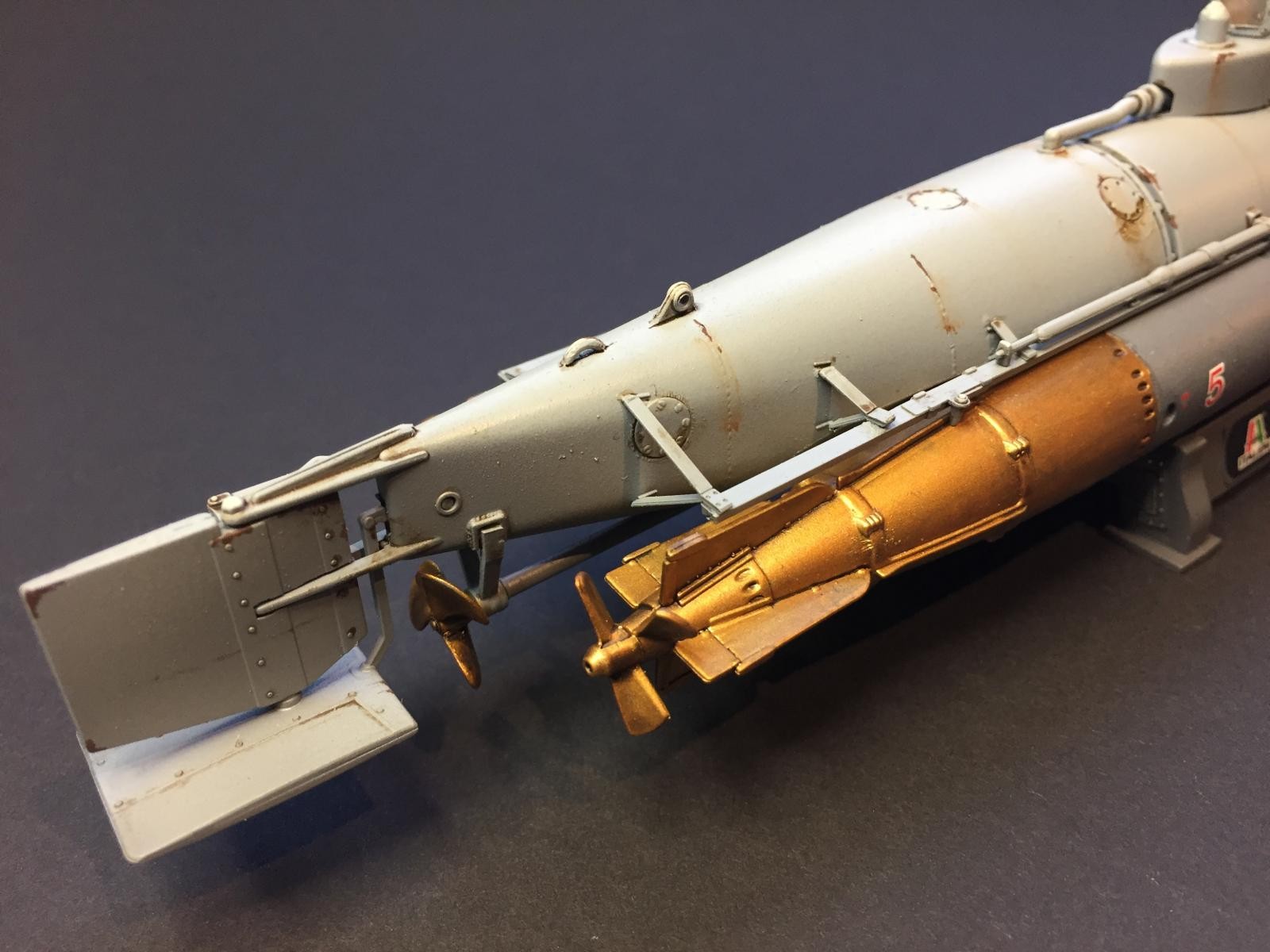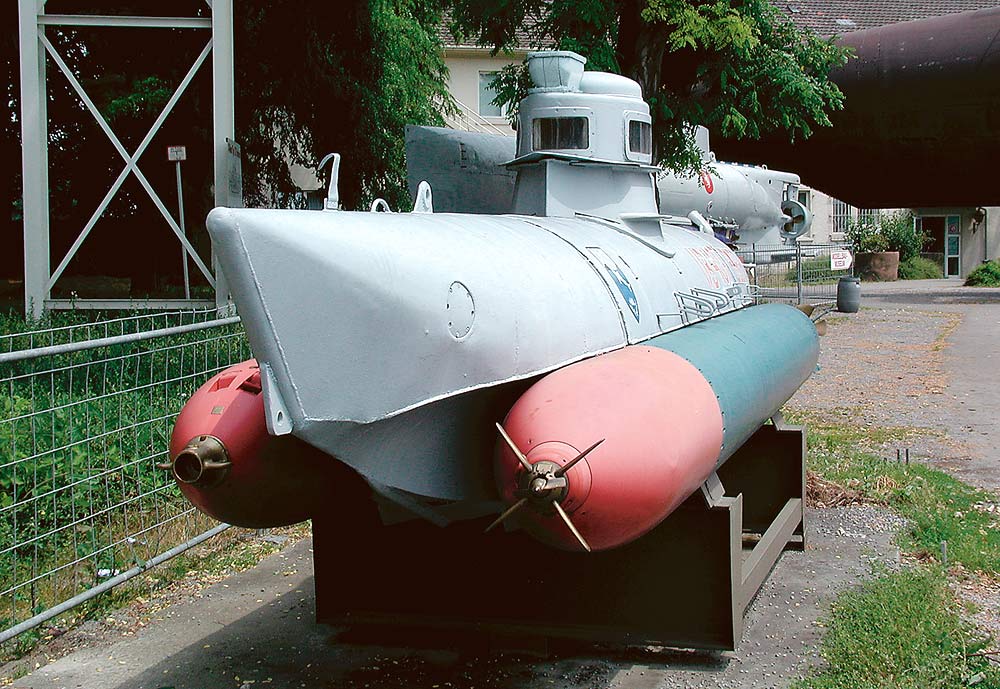
Planning also called for flotillas of 30 boats and pilots with just under 200 shore support crew. The training of Biber operators was originally planned to take eight weeks, but the initial group of pilots was rushed through in just three weeks.

Operation A Biber captured by the British Army near Arras, France, after being abandoned by the retreating Germans (1944)īiber operations were carried out under the auspices of the K-Verband, a German naval unit which operated a mixture of midget submarines and explosive speedboats.

Propulsion while submerged was provided by a 13 horsepower (9.7 kW) electric motor, supplied by three Type T13 T210 battery troughs. The engine had the advantage of being cheap and available in large numbers.

The Biber was powered on the surface by a 32 hp (24 kW) Otto Blitz petrol engine, which was used despite concerns about the risks posed by the carbon monoxide the engine gave off. These reduced the overall width of the loaded craft, making land transport easier and also reduced drag in the water, but at the cost of weakening the hull. The torpedoes or mines were accommodated in semi-circular recesses in the side of the hull. The submarine could be armed with either two TIIIc torpedoes with neutral buoyancy (achieved by limiting the number of batteries on board), mines, or a mixture of the two. The Biber had two diving tanks, one in the bow section and one in the stern. Adding to the pilot's difficulties, the craft lacked compensating and trimming tanks, making staying at periscope depth a near impossibility. The hydroplanes and rudder were made of wood and trying to control them while tracking the depth gauge, compass and periscope made the craft hard to handle.
U boot biber windows#
The conning tower contained armoured glass windows to allow the pilot to see out. The hull was built in three sections composed of 3 millimetres (0.12 in) thick steel with an aluminium alloy conning tower bolted to the top. The propeller and wooden control surfaces Following testing on the Trave river on 29 May twenty four Bibers were ordered. It differed from the final design in a number of respects such as being nearly 2 m (6 ft 7 in) shorter. The initial prototype, officially titled Bunteboot (but better known as Adam), was heavily influenced by the British Welman submarine. Several survive in museums, including one in operational condition.Ĭonstruction of the first prototype began in February 1944 and was completed in less than 6 weeks. One of the class's few successes was the sinking of the cargo ship Alan A. This resulted in basic technical flaws that, combined with the inadequate training of their operators, meant they never posed a real threat to Allied shipping, despite 324 submarines being delivered. The Biber was hastily developed to help meet the threat of an Allied invasion of Europe. They were the smallest submarines in the Kriegsmarine. Armed with two externally mounted 53-centimetre (21 in) torpedoes or mines, they were intended to attack coastal shipping.

Two G7e(TIIIc) torpedoes or two Torpedomine Typ B (TMB)īiber (German for " beaver") was a German midget submarine of the Second World War. Example on display at Technikmuseum Speyer, Germanyģ2 hp (24 kW) Otto petrol engine, 13 hp (9.7 kW) electric motor,


 0 kommentar(er)
0 kommentar(er)
